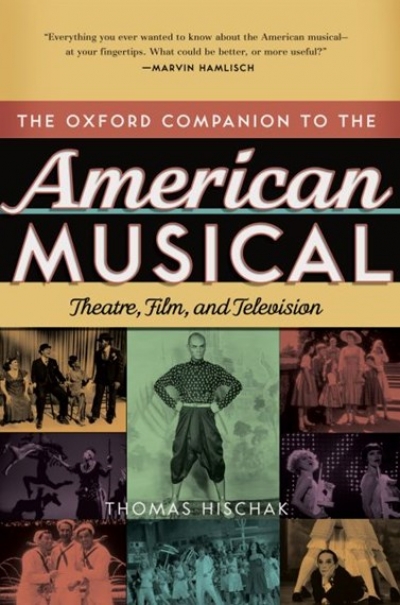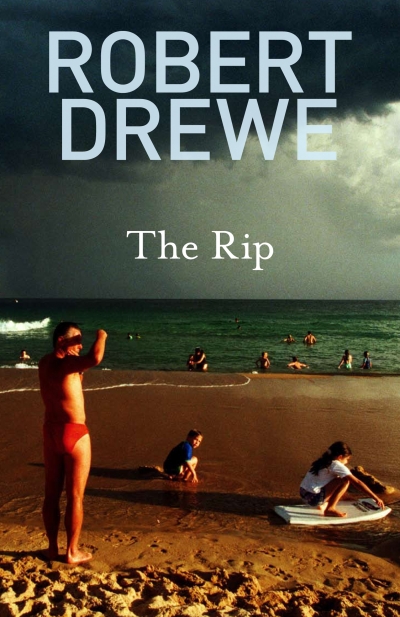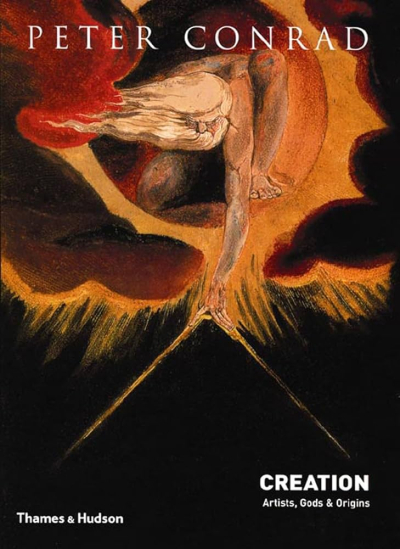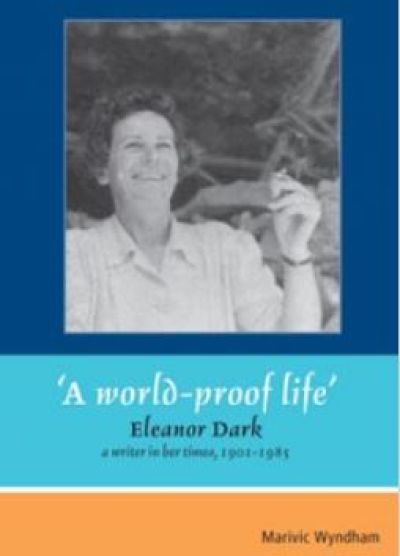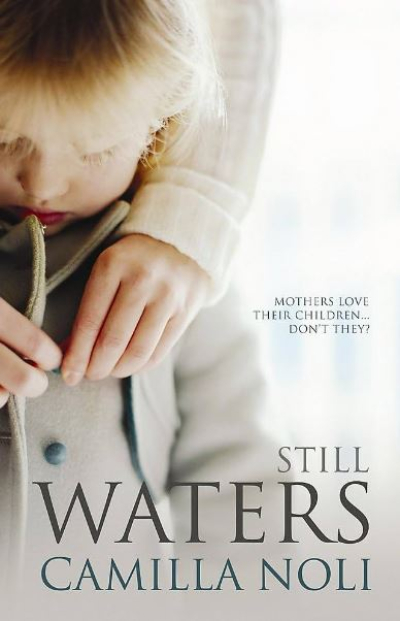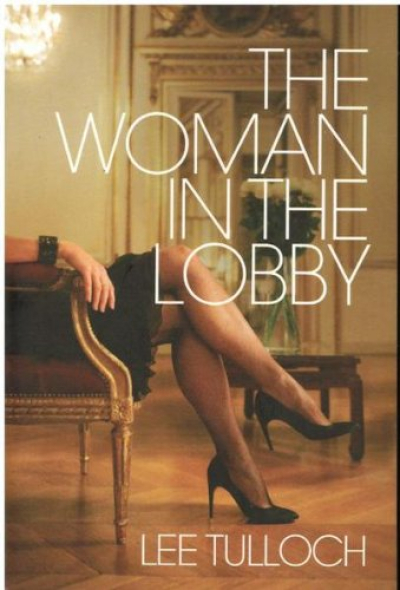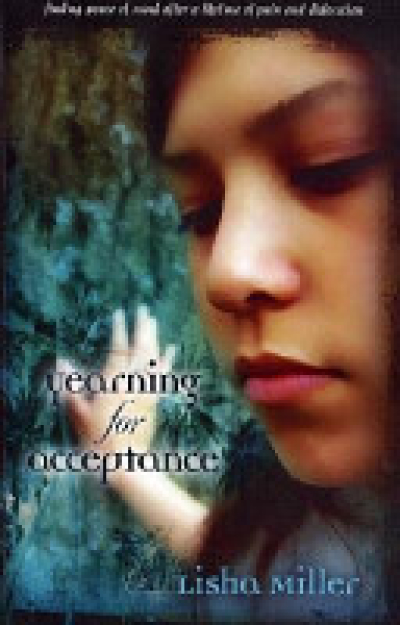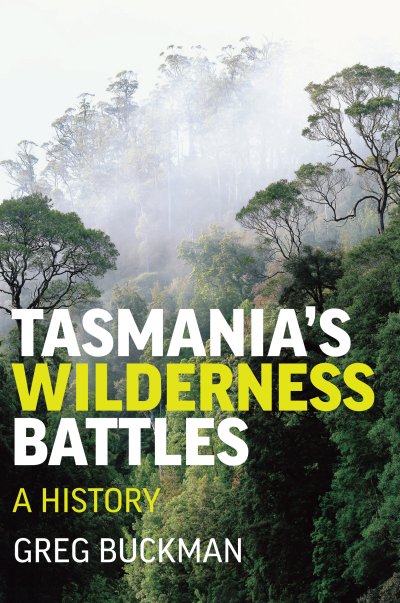Archive
The Oxford Companion to the American Musical: Theatre, film and television edited by Thomas Hischak
ABR readers to decide the John Button Readers’ Award
To commemorate the life and work of John Button, an esteemed ABR contributor and board member who died in April 2008, we have created a new annual prize. The John Button Readers’ Award will be presented to the author of the most popular article published in ABR during the previous year, as selected by ABR readers.
... (read more)A World-Proof Life: Eleanor Dark, a writer in her times, 1901-1985 by Marivic Wyndham
Not just another depressive
Dear Editor,
Barcroft Boake has suddenly become trendy, with a fictionalised (shudder) account of his life (Where the Dead Men Lie, by Hugh Capel) just published, as well as a Collected Works, Edited, With a Life, the review of which by Patrick Buckridge (July–August 2008) suggests that the old misconceptions about the poet, based on a biased account by A.G. Stephens, on which Clement Semmler based his biography, are in danger of achieving the status of fact.
Boake had a lot to be sad about. His much-loved mother died when he was thirteen; he had been apprenticed to a bankrupt who conned him out of a large inheritance; an employer neglected to pay him; and a couple of love affairs went bust. But to write him off as a depressive, with death his ‘single theme’, is to fly in the face of the reality I discovered when researching the biography that won the Walter Stone Award in 1986.
... (read more)
